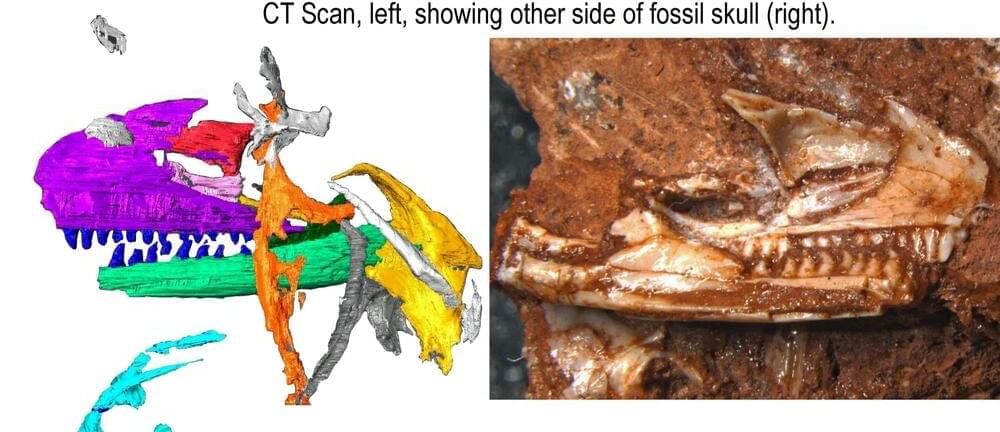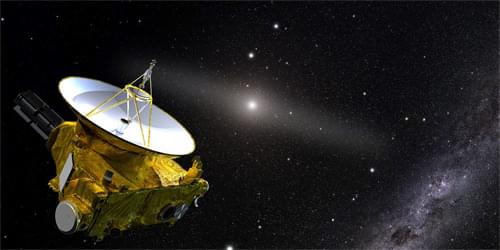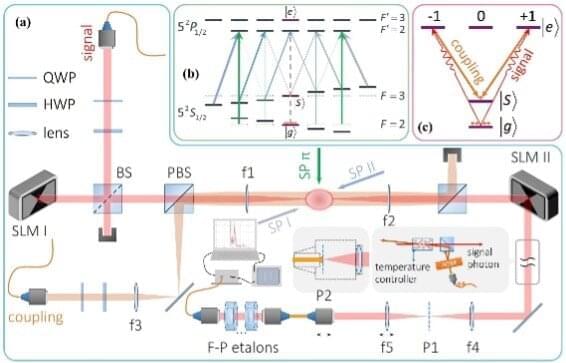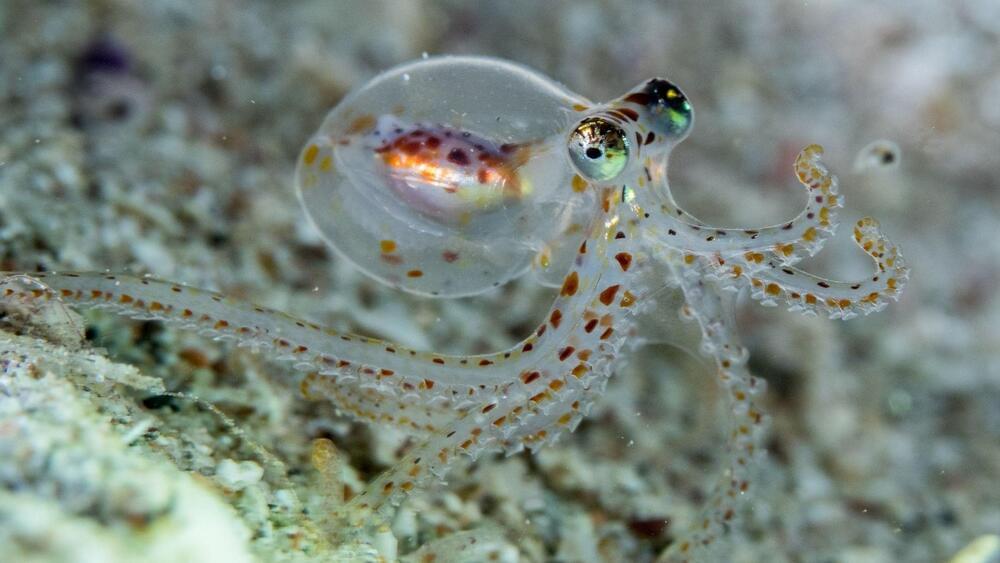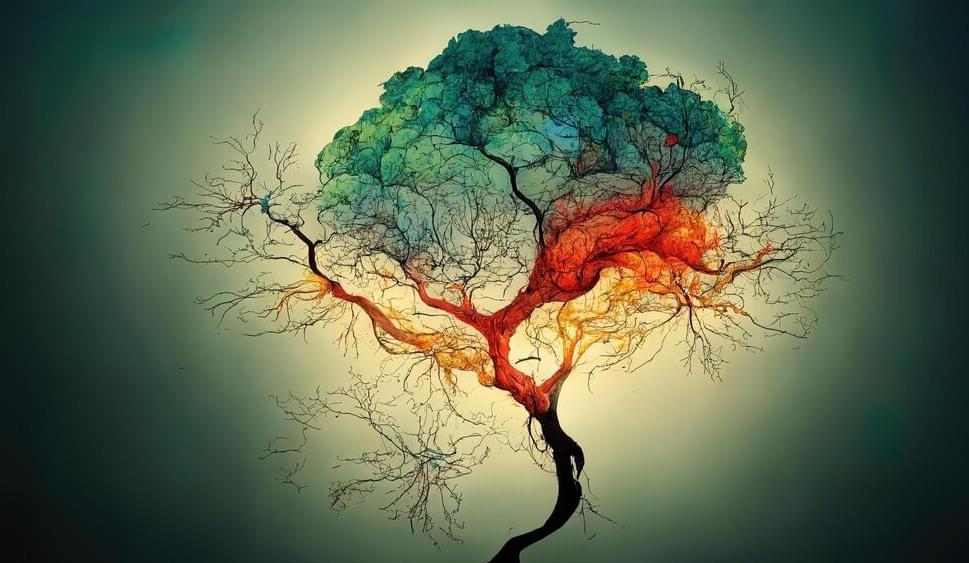A specimen retrieved from a cupboard in the Natural History Museum in London has shown that modern lizards originated in the Late Triassic and not the Middle Jurassic as previously thought.
This fossilized relative of living lizards such as monitor lizards, gila monsters and slow worms was identified in a stored museum collection from the 1950s, including specimens from a quarry near Tortworth in Gloucestershire, South West England. The technology didn’t exist then to expose its contemporary features.
As a modern-type lizard, the new fossil impacts all estimates of the origin of lizards and snakes, together called the Squamata, and affects assumptions about their rates of evolution, and even the key trigger for the origin of the group.
